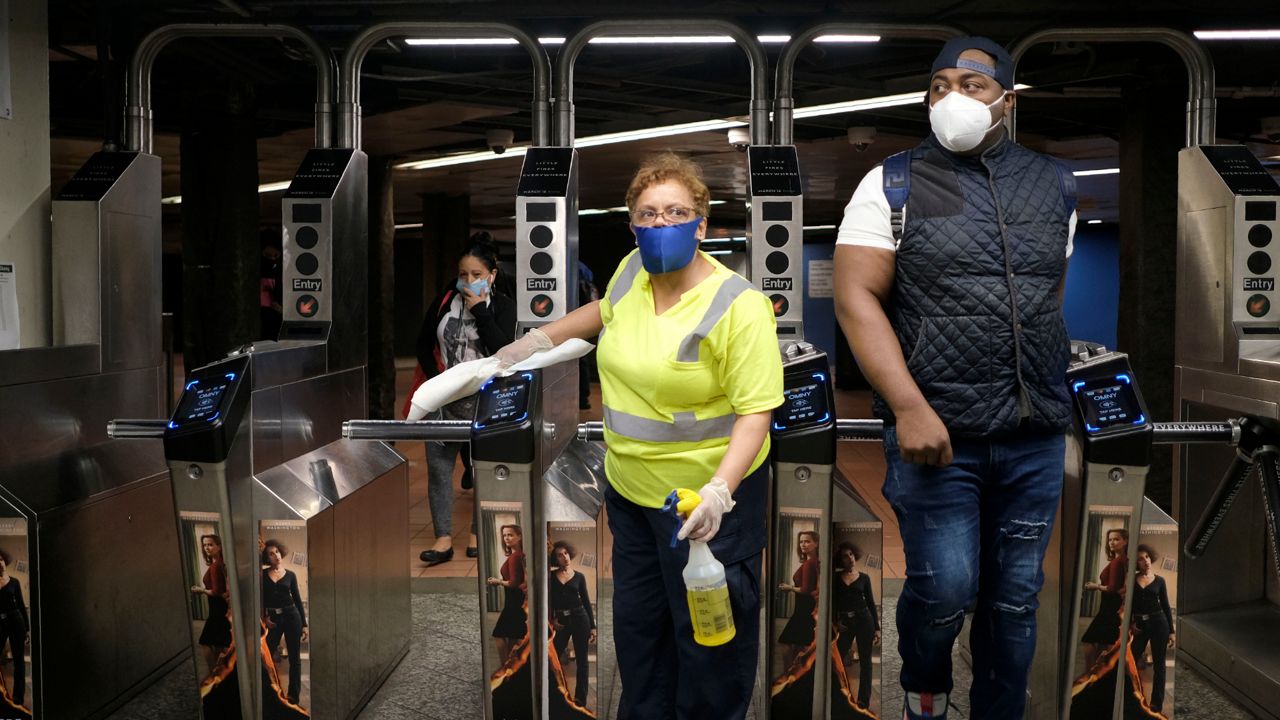Coronavirus hammered the MTA’s finances worse than originally expected at the height of the pandemic, and it is now losing about $200 million a week as officials raise the possibility of big fare and toll hikes and service cuts.
MTA chairman Pat Foye even changed his metaphor for the agency’s money problems.
Last month, he called it it a four-alarm fire - this month, he upgraded the situation to a “once-in-a-100-Year fiscal tsunami.”
The MTA is banking on a federal bailout. It already got nearly $4 billion in the first round of the federal government's coronavirus package, and the MTA now needs another round just to make it through the year.
The effects of the pandemic will be felt in the years to come, with deficits exceeding $16 billion through 2024.
That could mean painful decisions like big fare and toll hikes, deep service cuts and more borrowing.
“To help balance our books, everything is on the table, including wage freezes, delays and reductions in the capital plan, fare and toll increases, deficit financing and even cuts to personnel and service as a last resort," Foye said. "We do not wish to implement any of these actions but the perilous state of our finances may force our hand.”
MTA officials are already cutting hundreds of millions of dollars from spending on consultants, overtime and other expenses outside its labor costs.
But it won’t be nearly enough.
Still, specifics and details were lacking.
MTA board member Bob Linn faulted MTA executives for pushing off difficult choices and conversations about its budget and avoiding specifics, saying, he didn’t see a road map for the MTA’s survival.
"My concern is, that we may have actually been understating the catastrophe before us," Linn said. "I think it's clearly a five-alarmer, and my concern is we don't see the fire engines nor do we see the plans on how to build them."
Another board member, Larry Schwartz, a former aide to Gov. Cuomo, who controls the agency, said only a federal bailout will save the MTA from the "Act of God" and that it can't raise fares and tolls or cut service enough to wash away the red ink.
"It is a desperate solution, it is a desperate act and the one entity that can avoid desperate acts is the federal government and the White House," Schwartz said.
The MTA projects that ridership would go back to its pre-pandemic high point by the middle of the decade in 2024.
